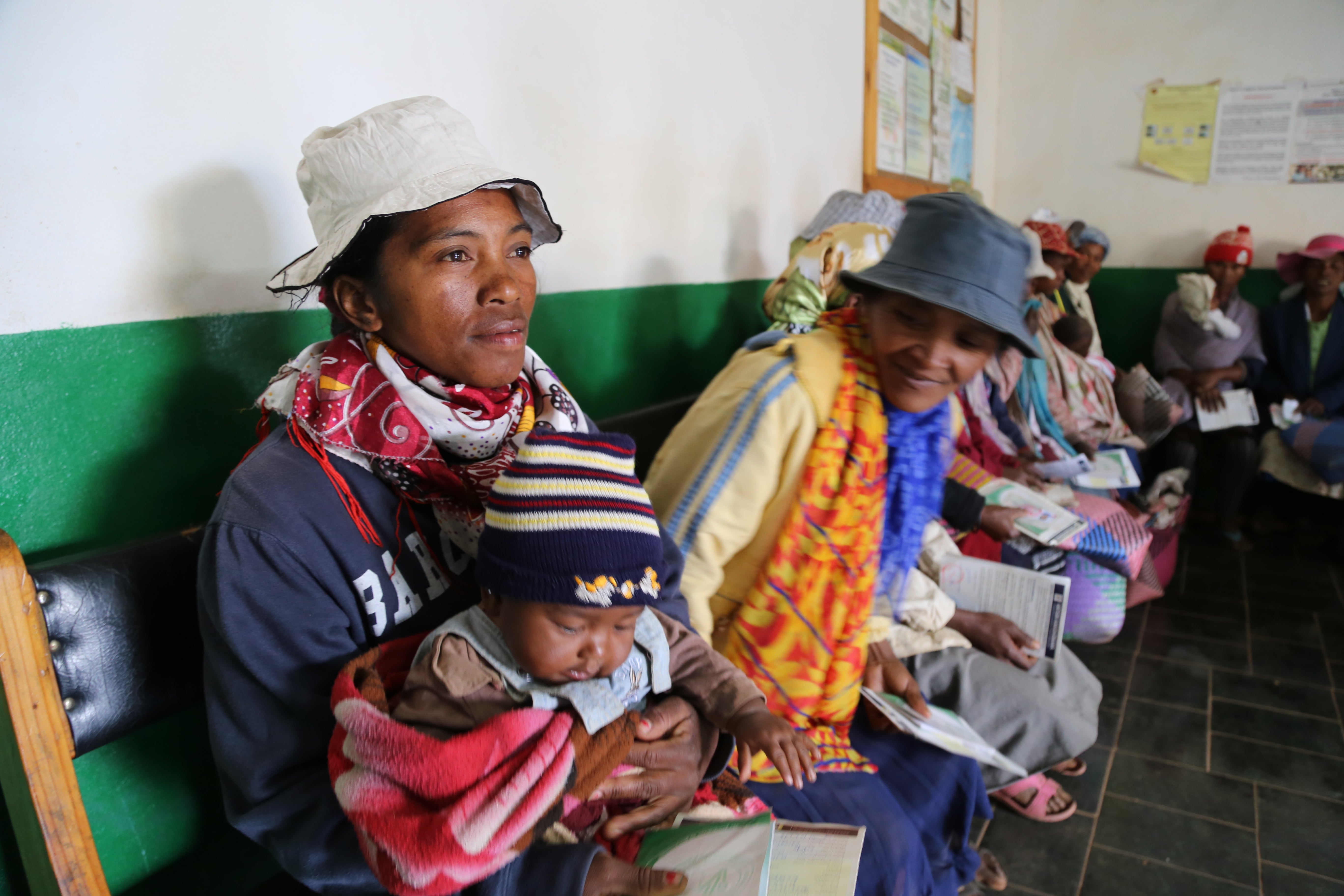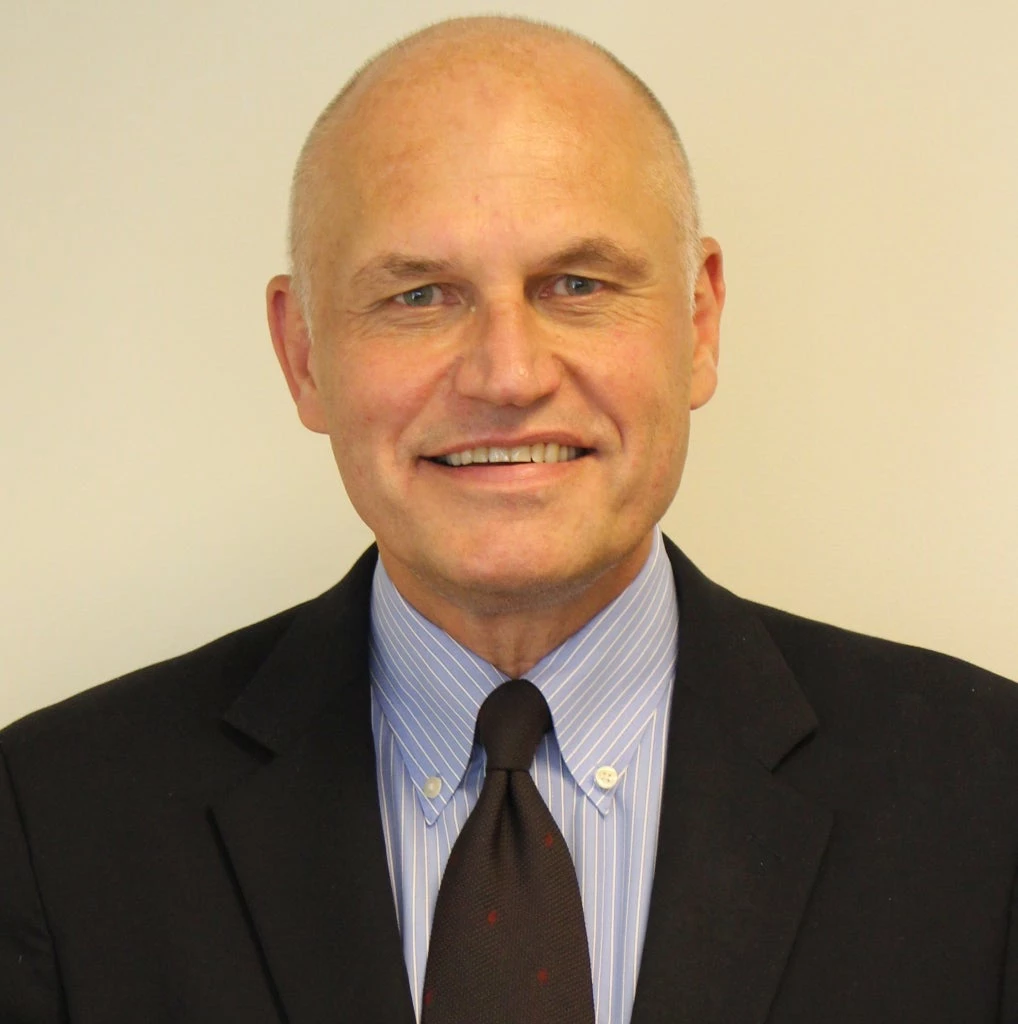
In the last few decades, we have seen an increase in the number of countries investing in social protection programs. These programs help individuals and families especially the poor and vulnerable cope with crises and shocks, invest in the health and education of their children, supporting young people by developing their skills and finding jobs, and protecting the aging population.
We now have ample evidence of how social safety nets or conditional cash transfers – predictable cash grants from the government given to poor households in exchange for sending their children to school or for regular health check-ups—not only help nations invest in human capital, but also serve as a source of income for the poor, improving their standard of living. Today, more than 1.9 billion people in some 130 low and middle-income countries benefit from social safety net programs.
Social protection is no longer regarded as a “luxury” that only high-income countries can afford, but as an essential instrument to transform the lives of the poor and vulnerable. It contributes to economic growth, social cohesion and resilience.
We’re seeing this in the Philippines, where the country’s conditional cash transfer program has reached 4.4 million families, covering 21 percent of the population. The program has successfully kept poor children in school. And for children who are part of the program, it helped reduce stunting by 10 percent. At the national level, the program reduced poverty gap from 9.1 percent to 8.2 percent – a reduction of PHP61 for every PHP100 spent on the program.
In Madagascar, where 60% of the population is living in extreme poverty, in addition to helping poor children get a healthy start through cash transfer programs that are tied to early childhood development and nutrition, we are piloting an approach that uses behavioral nudges to empower women beneficiaries. The program aims to change behavioral approach and train women on leadership skills, financial planning and business development.
And as the population is aging, there has been a notable expansion of social pension programs in developing countries to ensure that the elderly are protected. In Mexico, a universal pension program provides coverage to all persons aged 70 and older and in rural areas, to citizens aged 65 who don’t receive pension income.
The UN Sustainable Development Goals recognize the critical role that social protection plays in achieving our development agenda – as a means to reduce poverty, achieve greater gender equality, and promote decent work.
The new global partnership launched at the UN General Assembly on September 21, 2016 and led by the International Labor Organization and the World Bank on achieving universal access to social protection signals a commitment from the global community to promote building nationally owned and sustainably financed social protection systems in closing gaps in coverage.
At the World Bank Group, we see this as fundamental in reaching our twin goals of ending extreme poverty and boosting shared prosperity. We support countries in harmonizing social protection policies, programs and administration systems, and expanding fiscal space to extend universal social protection while addressing bottlenecks and adequately integrating universal social protection into their national development strategies.
And while progress has been made, more needs to be done, both in terms of extending and monitoring coverage of the poor and vulnerable, and in adapting social protection interventions in responding to new challenges, such as climate change and humanitarian crises.
Despite uncertainties brought about by shocks, natural disasters and conflicts, social protection programs can help the poorest invest in themselves and their families, build resilience in the face of a crisis, and create opportunities for a better life – breaking the inter-generational cycle of poverty.
Related:


Join the Conversation